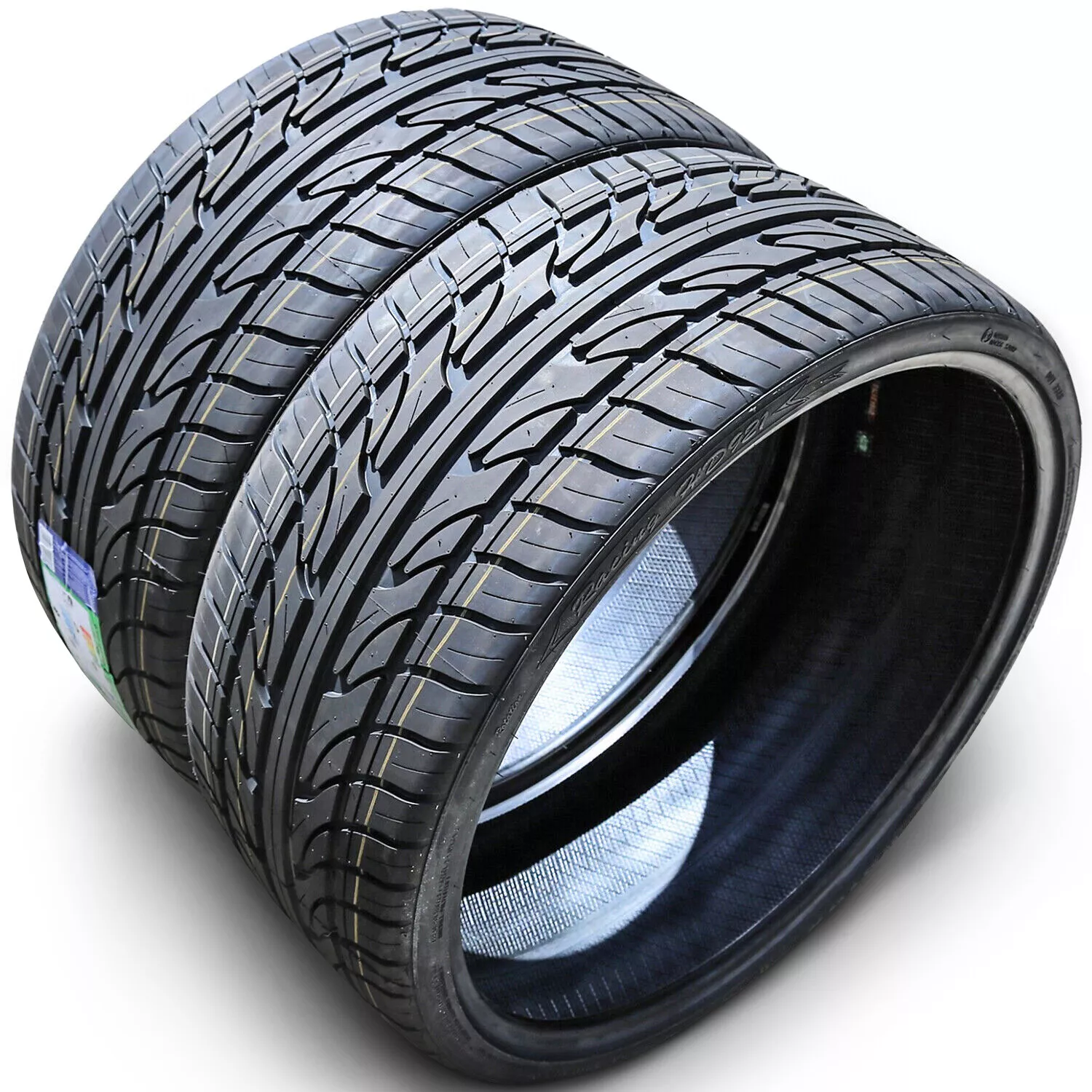Storing summer tires properly keeps them in good shape for next season. When the weather turns cold, it’s time to switch to winter tires. But what do you do with your summer tires? Proper storage helps your tires last longer and perform better when you need them again.
Tire storage isn’t hard, but it’s important to do it right. Clean tires store better than dirty ones. A cool, dry place is best for keeping tires in good condition. If you can, hang your tires or stack them carefully. This stops them from getting flat spots.
Good tire care saves money in the long run. Well-stored tires don’t need to be replaced as often. They also work better when you put them back on your car. With a few simple steps, you can make sure your summer tires are ready to roll when warm weather returns.
Storing Your Summer Tires Like a Pro
Why Proper Storage Matters
Properly storing your summer tires is about more than just keeping them out of the way. It’s about preserving their performance and extending their life. Think of it as giving your tires a well-deserved vacation after a long, hot summer of hard work. When you store them correctly, you protect them from damage that can shorten their lifespan or even make them unsafe.
Cleanliness is Key
Before you tuck your tires away, give them a good cleaning. Use a tire brush and some soapy water to remove dirt, brake dust, and road grime. This helps prevent the tire’s rubber compounds from breaking down over time. Don’t forget to clean the wheels too! After washing, make sure the tires are completely dry to prevent mold or mildew growth during storage.
Location, Location, Location
Where you store your tires matters. A cool, dry, and dark environment is ideal. Avoid storing them in direct sunlight or in areas with extreme temperature fluctuations. Sunlight can cause the tire’s rubber to dry out and crack, while temperature swings can weaken the tire’s structure. A basement, garage, or climate-controlled storage unit are all good options. However, be aware that storing tires near chemicals, solvents, or ozone-producing appliances (like electric motors) can damage the rubber.
To Bag or Not to Bag?
Using tire bags can offer additional protection, especially if your storage space isn’t perfectly clean. Large plastic bags help keep out dust and dirt. For even better protection, consider specialized tire bags that block UV rays. If you do use bags, make sure the tires are completely dry before sealing them to prevent moisture buildup.

Stacking vs. Hanging
How you store your tires depends on whether they’re on wheels or not:
| Tires on Wheels | Tires without Wheels |
|---|---|
| Stack them horizontally, one on top of the other. Alternatively, hang them on a tire rack or wall hooks designed for this purpose. | Store them vertically, standing upright. Avoid stacking them on top of each other, as this can cause distortion over time. |
Where to Store Your Summer Set
You don’t need a fancy storage unit to keep your summer tires safe and sound. A corner of your garage is often perfectly fine, as long as it meets a few key requirements. The ideal location is:
- Cool and Dry: Avoid areas with extreme temperature swings or high humidity. Consistent temperatures are best for preserving the tire’s rubber compounds.
- Dark: Sunlight, especially direct sunlight, can damage tires over time. If your garage has windows, try to store the tires away from them or cover them with a tarp or blanket.
- Clean: Keep the tires away from dirt, grease, and chemicals. These can degrade the rubber and shorten the tire’s lifespan.
- Ozone-Free: Believe it or not, ozone can damage tires too! Avoid storing them near ozone-producing appliances like electric motors, furnaces, and sump pumps.
If your garage doesn’t fit the bill, consider other options like a basement, shed, or even a spare closet inside your house (as long as it’s cool, dry, and dark). Just remember to keep those tires away from anything that could harm them!
A Note on Tire Pressure
If you’re storing tires mounted on wheels, it’s generally okay to leave them inflated to their normal operating pressure. Some experts recommend slightly overinflating them by 10-15 PSI to help maintain their shape, but be sure not to exceed the maximum pressure listed on the tire sidewall. For tires without wheels, tire pressure isn’t a factor during storage.
Regular Check-ups
Even with the best storage practices, it’s a good idea to check your tires periodically. Look for any signs of cracking, bulging, or dry rot. This is especially important if you’re storing tires for an extended period. Early detection of any issues can save you headaches and ensure your tires are ready to roll when summer returns.
Bonus Tip: Rotate Before You Store
Here’s a pro tip: Before you remove your summer tires, rotate them to the positions they’ll be in when you put them back on next season. This helps ensure even wear and tear over the long run. It’s a small step that can make a big difference in the life of your tires.
Key Takeaways
- Clean tires and store them in a cool, dry place
- Hang tires or stack them carefully to avoid damage
- Proper storage extends tire life and maintains performance
Preparing Your Summer Tires for Storage
Proper tire storage helps keep your summer tires in good shape for next season. Clean tires and the right pressure are key steps.
Cleaning and Inspecting Tires
Start by washing your tires with soap and water. Use a soft brush to scrub off dirt and grime. Dry the tires fully with a clean cloth.
Look for any damage like cuts or bulges. Check the tread depth too. If you spot issues, note them down.
Clean tires help prevent damage during storage. Dirt can harm the rubber over time.
After cleaning, let the tires dry completely. This stops moisture buildup which can cause problems later.
Maintaining Optimal Tire Pressure
Check the tire pressure before storage. Use a good tire gauge for this task.
Set the pressure to the level listed in your car’s manual. This helps the tires keep their shape.
If tires are on wheels, add a bit more air. This extra pressure helps counter natural air loss over time.
For tires off the wheels, you don’t need to add air. Just make sure they’re clean and dry.
Proper air pressure protects tires from flat spots. It also keeps the rubber in good condition.
Write down the pressure you set. Check it again when you take the tires out of storage.
Choosing the Right Storage Location and Methods
Proper storage keeps summer tires in good shape. The right place and method can make tires last longer.
Temperature and Humidity Control
Pick a cool, dry spot for tire storage. Basements or garages often work well. Avoid places with big temperature changes. Heat can harm tires over time.
Keep tires away from heaters and direct sunlight. These can dry out and crack the rubber. Aim for a steady temp between 50°F and 70°F.
Watch out for moisture too. Damp air can rust tire rims. Use a dehumidifier if needed. This helps stop mold growth on tires.
Storage Options and Accessories
Store tires flat or upright. Flat is best for tires without rims. Stack them no more than four high. For tires on rims, hang them or stand them up.
Tire racks keep tires off the ground. This stops oil and chemicals from damaging the rubber. Wall-mounted racks save floor space.
Use tire bags to protect against dust and dirt. Look for bags that are airtight. These keep out moisture and stop rubber from drying out.
Clean tires before storage. Brush off dirt and let them dry fully. This stops mold and keeps tires in good shape for next summer.
Frequently Asked Questions
Storing summer tires properly is key to keeping them in good shape. Let’s look at some common questions about tire storage.
What is the ideal temperature for storing summer tires?
The best temperature for storing tires is between 50°F and 70°F. This range helps prevent damage from heat or cold. Keep tires away from heaters and sunny spots.
What are the best practices for stacking tires for storage?
Stack tires upright if they’re on rims. Place them side by side. For tires without rims lay them flat. Don’t stack them too high. Switch their spots every month to avoid pressure points.
Is it safe to store summer tires outdoors or do they need to be indoors?
It’s best to store tires indoors. A garage or basement works well. Indoor storage protects tires from sun UV rays and weather changes. If outdoor storage is the only option use tire covers.
What precautions should be taken when storing tires to prevent damage?
Clean tires before storage. Make sure they’re dry. Keep them away from oils or chemicals. Use airtight bags to store tires. Remove as much air as possible from the bags.
How long can tires be stored without degrading their quality?
Tires can last up to 6 years if stored right. Check them often for signs of aging. Look for cracks or dry rot. Replace tires that show these signs even if they’re not old.
What are effective methods for protecting tires from ozone and UV damage during storage?
Use tire covers or bags to block UV rays. Store tires in a dark cool place. Keep them away from electric motors that can create ozone. Avoid storing near windows or fluorescent lights.







